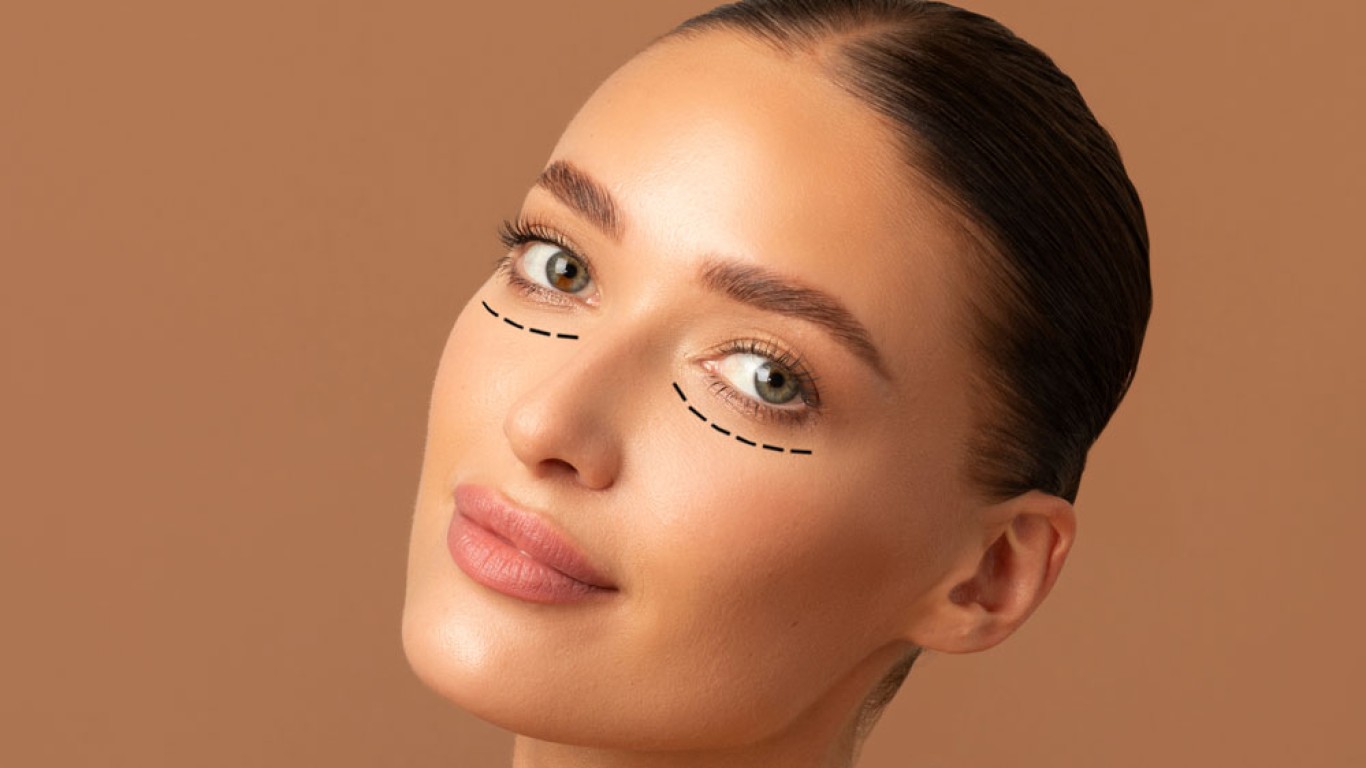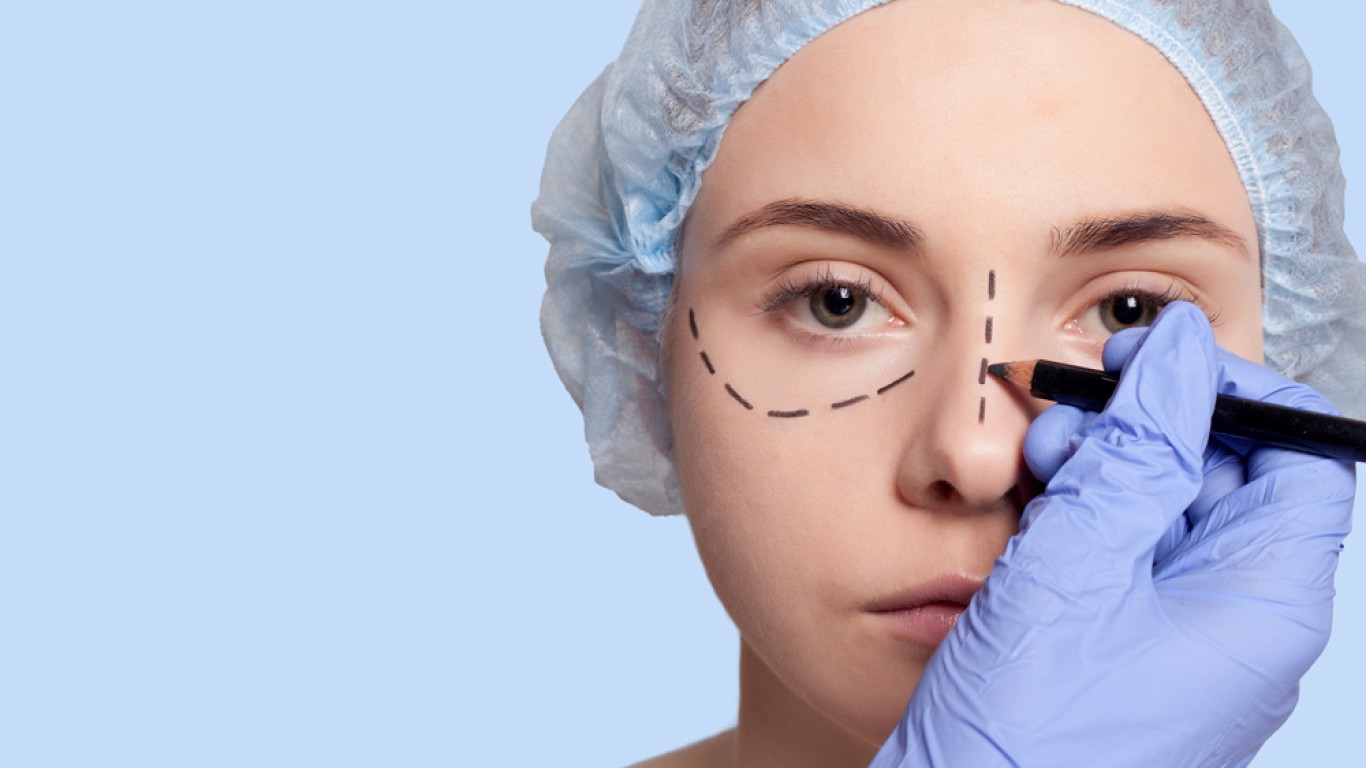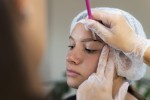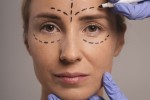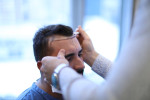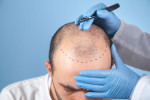Facial symmetry is often associated with beauty, balance, and confidence. However, many people notice small differences between their eyes, often referred to as asymmetrical eyelids. In most cases, this is natural and harmless. Yet, when the difference becomes more pronounced, it can affect expression, self-esteem, or even vision. Modern cosmetic and reconstructive procedures now offer precise correction. Helping patients achieve natural alignment and restored harmony.
What Are Asymmetrical Eyelids?
Asymmetrical eyelids describe a visible difference between the shape, size, or position of the eyelids. One eyelid may sit lower, appear heavier, or fold differently than the other. While mild asymmetry is common, more noticeable differences can develop due to muscle imbalance. Or ageing and genetics. Some individuals are born with asymmetry, while others develop it later through injury. Or even eye strain and nerve changes. Understanding the underlying cause is key to selecting the most effective treatment approach.
Common Causes of Asymmetrical Eyelids
Several factors can lead to eyelid imbalance:
1. Muscle Weakness or Ptosis: The levator muscle, which lifts the eyelid, may weaken on one side. This results in one eyelid drooping lower than the other.
2. Ageing: Skin loses elasticity and muscle tone with age, leading to uneven sagging.
3. Previous Surgery or Injury: Scarring, uneven healing, or trauma can affect eyelid height and shape.
4. Genetics: Some people naturally have different eyelid folds. Especially among those with double or monolid eye shapes.
Recognising the root cause helps doctors determine whether non-surgical or surgical correction is required.
How Asymmetrical Eyelids Affects Appearance and Vision
Uneven eyelids can subtly alter facial expression. Sometimes making one eye look smaller or more tired. For some patients, asymmetrical eyelids can even obstruct vision when the upper lid droops significantly. This imbalance may cause eye strain. Especially when reading or using digital screens for long periods. Beyond functionality, asymmetry can affect confidence, particularly in photographs or social settings. Thankfully, personalised treatment can restore both comfort and harmony.
Non-Surgical Options for Mild Asymmetry
Minor differences can often be improved using non-surgical approaches.
- Botox: When used strategically, Botox can lift one eyebrow or eyelid slightly to create better balance.
- Dermal Fillers: Fillers can subtly adjust eyelid and brow contour. Particularly if volume loss is contributing to unevenness.
- Radiofrequency Tightening: Treatments such as Thermage or Forma stimulate collagen production. Improving skin firmness and symmetry over time.
While these methods help minor cases, surgery remains the most reliable solution for significant asymmetrical eyelids.

Surgical Correction: Blepharoplasty
Blepharoplasty is the most effective procedure for correcting eyelid asymmetry. It removes or repositions excess skin and fat while tightening underlying muscles.
Upper blepharoplasty focuses on refining the fold and contour. While lower blepharoplasty corrects puffiness and sagging. For asymmetrical cases, surgeons precisely adjust one side to match the other, restoring natural alignment.
Performed under local or general anaesthesia, this delicate procedure typically takes one to two hours with minimal downtime.
Ptosis Repair for Functional Issues
If eyelid asymmetry stems from muscle weakness, ptosis repair may be necessary. This surgery shortens or strengthens the levator muscle, lifting the eyelid into its correct position.
The adjustment is measured carefully to avoid overcorrection or an artificial look. When combined with blepharoplasty, ptosis repair restores both function and symmetry for long-lasting results.
Patients with vision impairment often find this procedure both aesthetically and medically beneficial.
Asymmetrical Eyelids: The Role of Advanced Technology
In modern aesthetic surgery, precision is everything. AI-driven imaging and 3D facial mapping allow surgeons to analyse proportions and simulate outcomes.
By using these digital tools, doctors ensure balance between both eyes and predict post-surgery appearance. This advanced planning improves safety and reduces the likelihood of additional revisions.
These innovations make asymmetrical eyelids correction more predictable and natural than ever before.
Conclusion
Asymmetrical eyelids can affect both facial balance and confidence. But modern treatments offer safe, effective solutions. From non-surgical methods to advanced blepharoplasty, each approach restores harmony and natural expression. With expert guidance and advanced technology, patients can enjoy balanced, refreshed eyes that reflect their true vitality.
For more information and to book a consultation visit the ACIBADEM Beauty Center webpage.
Frequently Asked Questions
Common causes include ageing, muscle imbalance, genetics, or previous surgery.
Yes, mild cases can improve with Botox or dermal fillers.
Most patients recover within two weeks, with results continuing to refine for months.
Yes, when performed by experienced specialists using modern techniques.
Yes, the goal is subtle improvement that complements natural facial features.



